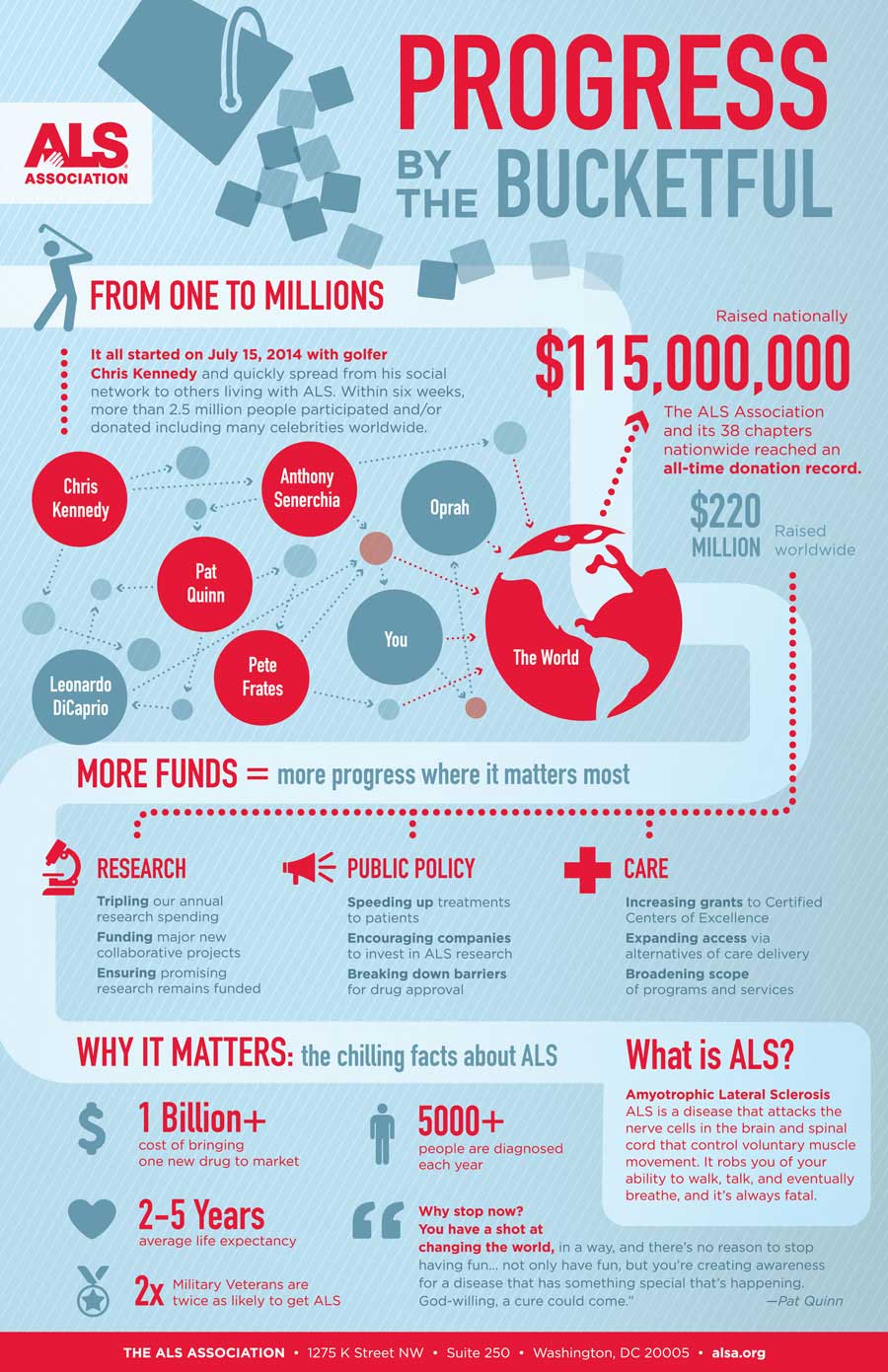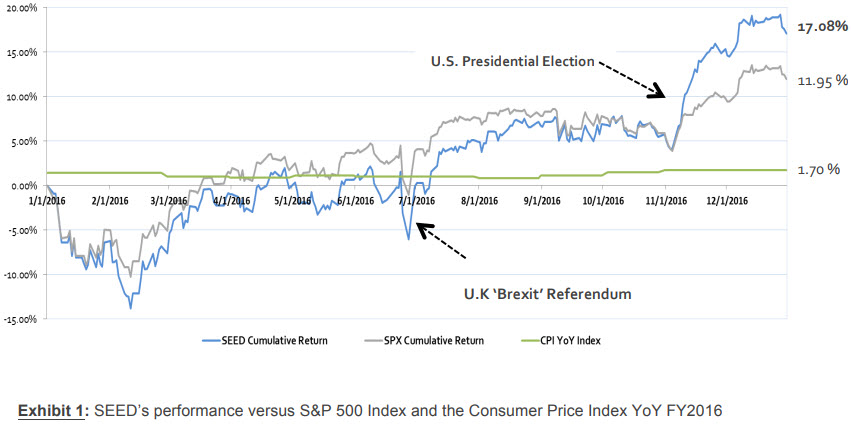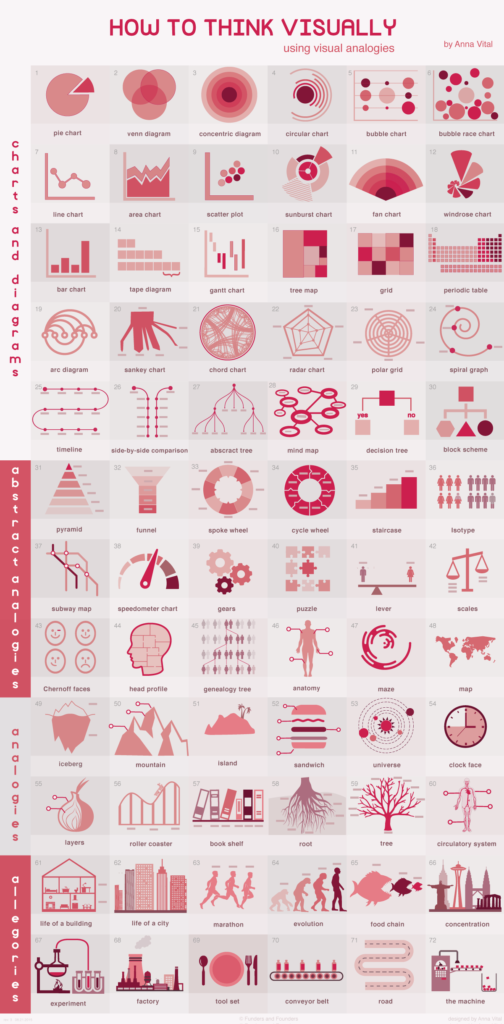This week, the daily posts focus on advice and strategies for writing effective email messages. You will find that writing email that is clear, concise, and engaging is critical to your success in the workplace. Since none of the course projects focuses on email, these posts will cover this important topic.
For our #infographicInspiration this week, I’m sharing a simple image that identifies key characteristics of effective email messages.
The website’s name is a little off-color, but the information clearly and concisely outlines specific ways to improve your email messages. Read more information about the infographic in the article 10 tips for effective email. Compare the parts of an email message that are identified here to those in the infographic from yesterday’s post.
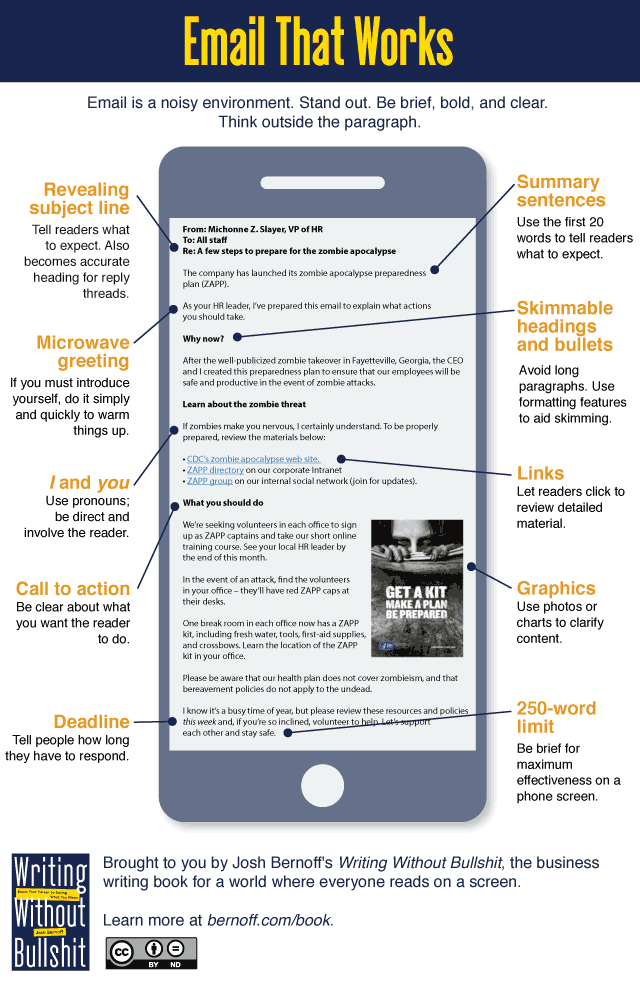
Note: This infographic needs a text-based transcript. See the Optional Accessibility Transcript Activity for more details.
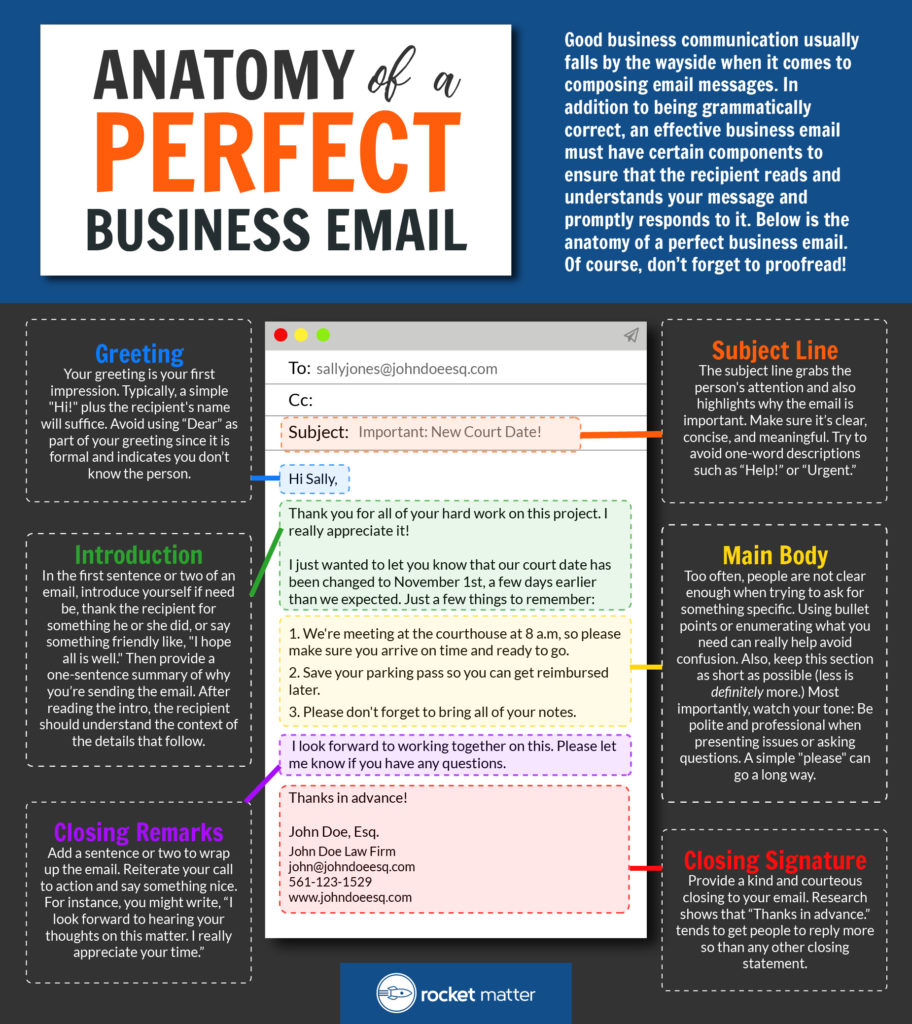 Everyone in this course has surely had to write to a teacher at some point. You may have had a question about an assignment, needed an extension on a project, or wanted to explain a class absence.
Everyone in this course has surely had to write to a teacher at some point. You may have had a question about an assignment, needed an extension on a project, or wanted to explain a class absence.  As I mentioned last week, I know you will soon be leaving for Break, so I have tried to keep the work light:
As I mentioned last week, I know you will soon be leaving for Break, so I have tried to keep the work light: 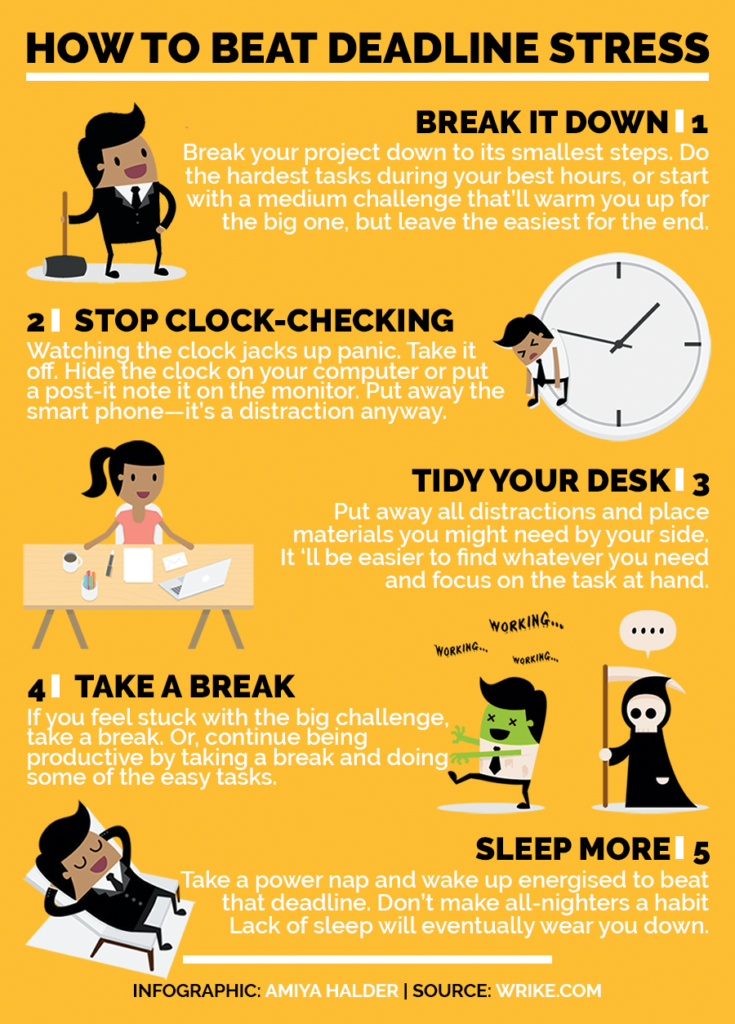 At some point, you are going to face a challenge that threatens your progress on a project in the workplace. No matter how hard you work, it’s bound to happen. Sometimes it’s your fault. Sometimes someone else is to blame. Regardless of who is responsible, the important question is how you will respond. You have to decide what you can do that will preserve your (or the company’s) reputation while still satisfying the needs and requirements of your client.
At some point, you are going to face a challenge that threatens your progress on a project in the workplace. No matter how hard you work, it’s bound to happen. Sometimes it’s your fault. Sometimes someone else is to blame. Regardless of who is responsible, the important question is how you will respond. You have to decide what you can do that will preserve your (or the company’s) reputation while still satisfying the needs and requirements of your client.